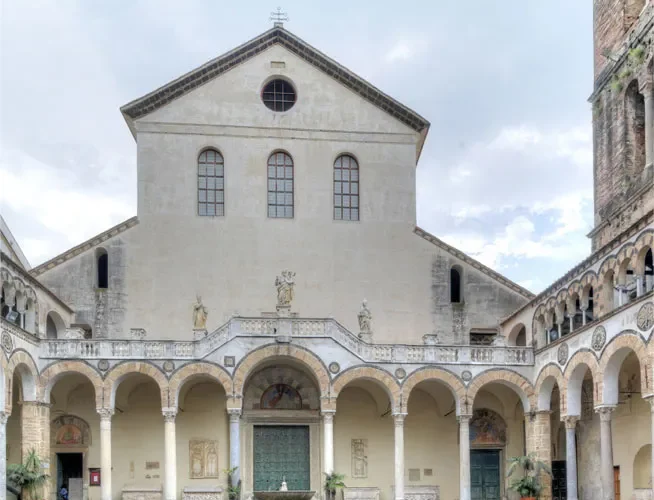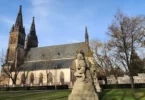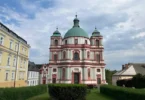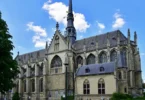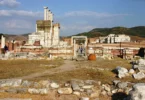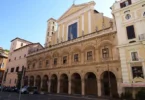Tombs of apostles serve as repositories for the remains of the dead. A tomb is typically a structurally enclosed interment space or burial chamber, available in various sizes.
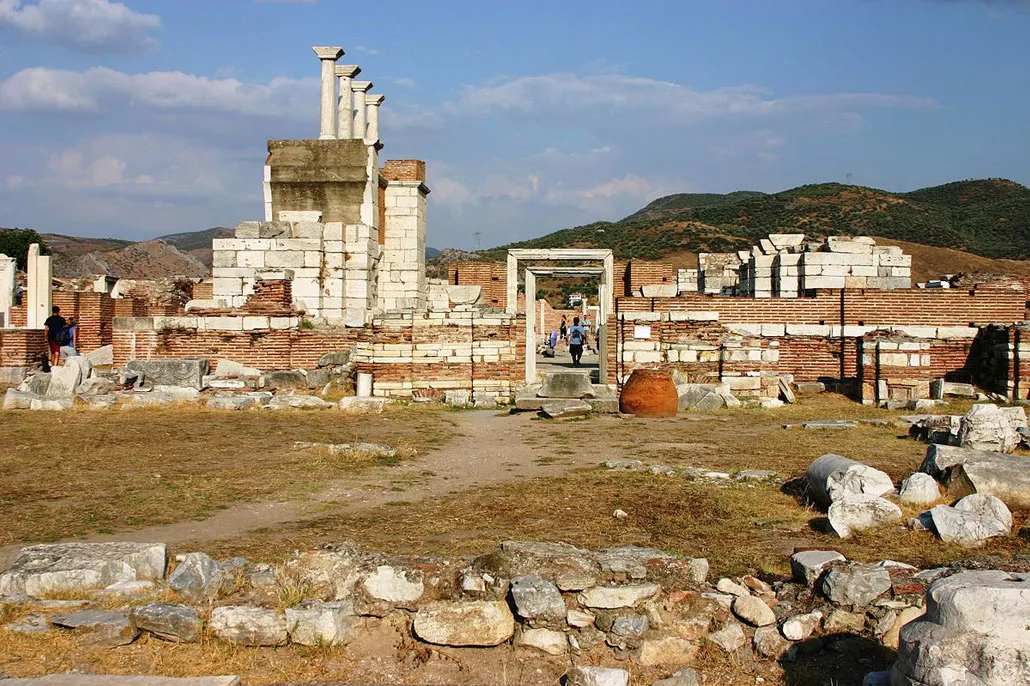
The Basilica of St. John (Greek: Βασιλική του Αγίου Ιωάννη του Θεολόγου) was a basilica in Ephesus. It was constructed by Justinian I in the 6th century at a site where John the Apostle was said to have been buried. It was modeled after the now-demolished Church of the Holy Apostles in Constantinople. The basilica is on the slopes of Ayasuluk Hill, right next to the İsa Bey Mosque, just below the fortress near the centre of Selçuk, İzmir Province, Turkey and about 3.5 km (2.2 mi) from Ephesus.
The St. John Basilica, Ephesus, and Virgin Mary House tour is a unique and fascinating experience that combines history, religion, and natural beauty. Located in the town of Selcuk in Turkey, St. John Basilica is believed to be the final resting place of John the Apostle, and it is a significant pilgrimage site for Christians. Nearby Ephesus is an ancient Greek and Roman city that is home to stunning ruins, including the Library of Celsus, the Temple of Artemis, and the Great Theatre. Finally, the tour takes visitors to the House of the Virgin Mary, a holy site where it is believed that Mary spent her final years. This combination of ancient ruins, religious sites, and natural beauty makes the St. John Basilica, Ephesus, and Virgin Mary House tour a truly unique and unforgettable experience. This tour will be totally private and you can customize by your choices.
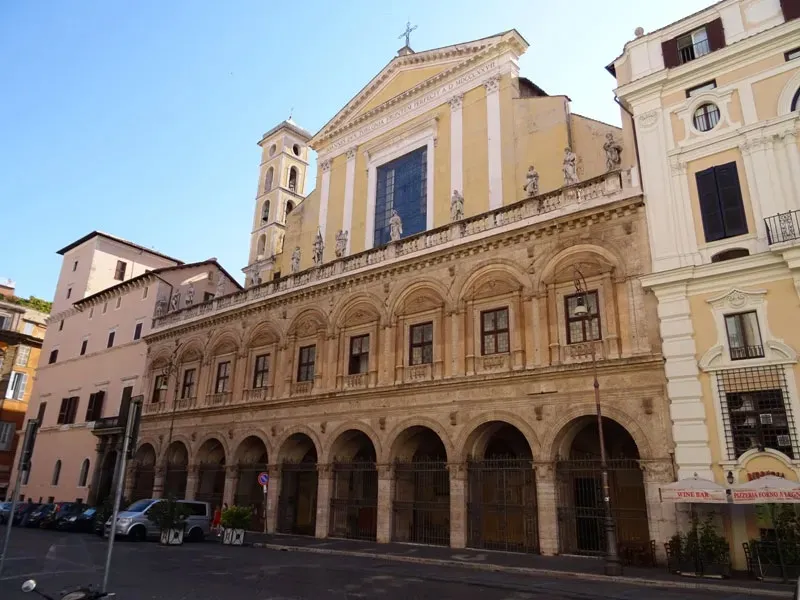
Santi Dodici Apostoli (Church of the Twelve Holy Apostles; Latin: SS. Duodecim Apostolorum), commonly known simply as Santi Apostoli, is a 6th-century Catholic parish and titular church and minor basilica in Rome, Italy, dedicated originally to St. James and St. Philip, whose remains are kept here, and later to all Apostles. Today, the basilica is under the care of the Conventual Franciscans, whose headquarters in Rome is in the adjacent building. It is the Station church for Friday, the first week of Lent.
The Cardinal Priest of the Titulus XII Apostolorum is Angelo Scola. Among the previous Cardinal Priests are Pope Clement XIV, whose tomb by Canova is in the basilica, and Henry Benedict Stuart.
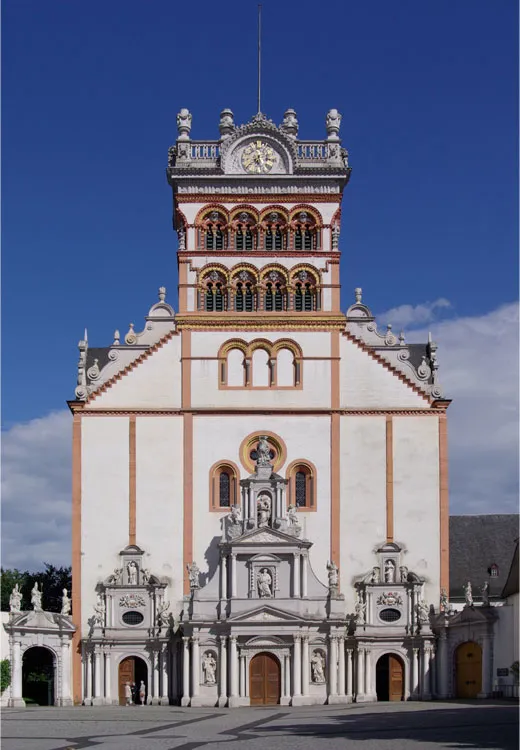
St. Matthias’ Abbey is a Benedictine monastery in Trier, Rhineland-Palatinate, Germany. The abbey church, a Romanesque basilica, is a renowned place of pilgrimage because of the tomb of Saint Matthias the Apostle, after whom the abbey is named, located here since the 12th century, and the only burial of an apostle in Germany and north of the Alps. The abbey was originally named after Saint Eucharius, first Bishop of Trier, whose tomb is in the crypt. The church has been given the status of a minor basilica.
Magnificent St Matthias Abbey is thought to be Germany’s oldest Christian church. Begun in 1127, when the relics of the Apostle Matthias (Judas’ successor) were found here, it was added to over the ensuing centuries. Treasures include the Holy Cross Chapel’s Staurotheke (1240), containing a piece of Christ’s cross. Steps on either side of the Romanesque–Gothic interior lead to the crypt, home to the sarcophagi of the abbey’s first two bishops, Eucharius and Valerius, and St Matthias’ relics.
St. Matthias Abbey, founded in the 4th century, is a Benedictine monastery with a Romanesque basilica as its abbey church. Since the 12th century, the tomb of Apostle Matthias, the only apostle’s tomb on German soil and north of the Alps, has been venerated in the crypt of the basilica. When French army troops entered Germany after the Revolution, they requisitioned the abbey buildings in 1794. The abbey was dissolved in 1802 and it was not until 1922 that monks returned to the abbey. Below the choir, the visitor can visit the impressive crypt, where numerous sarcophagi (including the two sarcophagi of the first bishops of Trier, Valerius and Eucharius) are kept. The eastern part of the crypt was added around 1500.
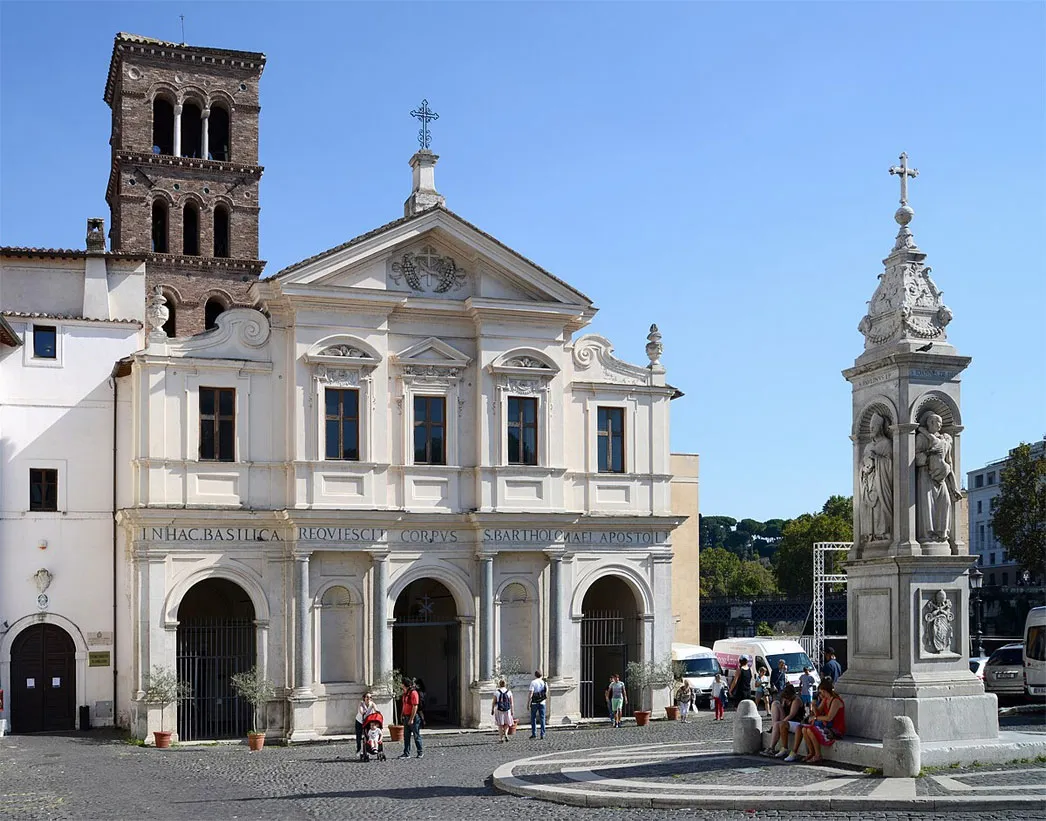
Basilica of St. Bartholomew is a 10th century, Roman Catholic church situated on Tiber Island in the middle of the Tiber River. It is a nice little church to visit and one of several interesting things to see on Tiber Island. It was founded in 998 by Otto III, Holy Roman Emperor and contains the putative relics of St. Bartholomew the Apostle. It is located on Tiber Island, on the site of the former temple of Aesculapius, which had cleansed the island of its former ill-repute among the Romans and established its reputation as a hospital, continued under Christian auspices today. Its cardinal priest has been Cardinal Blase Cupich since 19 November 2016.
The basilica of San Bartolomeo all’Isola is over a thousand years old. It stands in Rome, on the Tiber Island, a place of particular importance for the history of Rome, halfway between Trastevere, the district of the first Christian preaching, and the ancient Jewish quarter. This position in the middle of the Tiber, a key place for crossing the river, well expresses one of the most characteristic aspects of this basilica, which gathers memories linked to different and distant worlds, united together in a unique and original synthesis of faith, art and history.
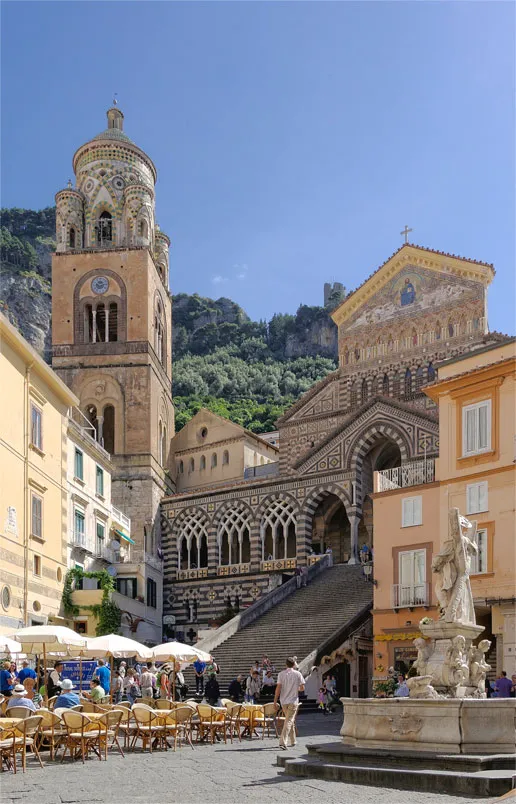
Amalfi Cathedral (Italian: Duomo di Amalfi; Cattedrale di Sant’Andrea) is a medieval Roman Catholic cathedral in the Piazza del Duomo, Amalfi, Italy. It is dedicated to the Apostle Saint Andrew whose relics are kept here. Formerly the archiepiscopal seat of the Diocese of Amalfi, it has been since 1986 that of the Diocese of Amalfi-Cava de’ Tirreni.
Begun in the 9th and 10th centuries, it has been added to and redecorated several times, overlaying Arab-Norman, Gothic, Renaissance, Baroque elements, and finally a new 19th century Norman-Arab-Byzantine facade. The cathedral includes the adjoining 9th-century Basilica of the Crucifix. Leading from the basilica are steps into the Crypt of St. Andrew, where his relics can be found.
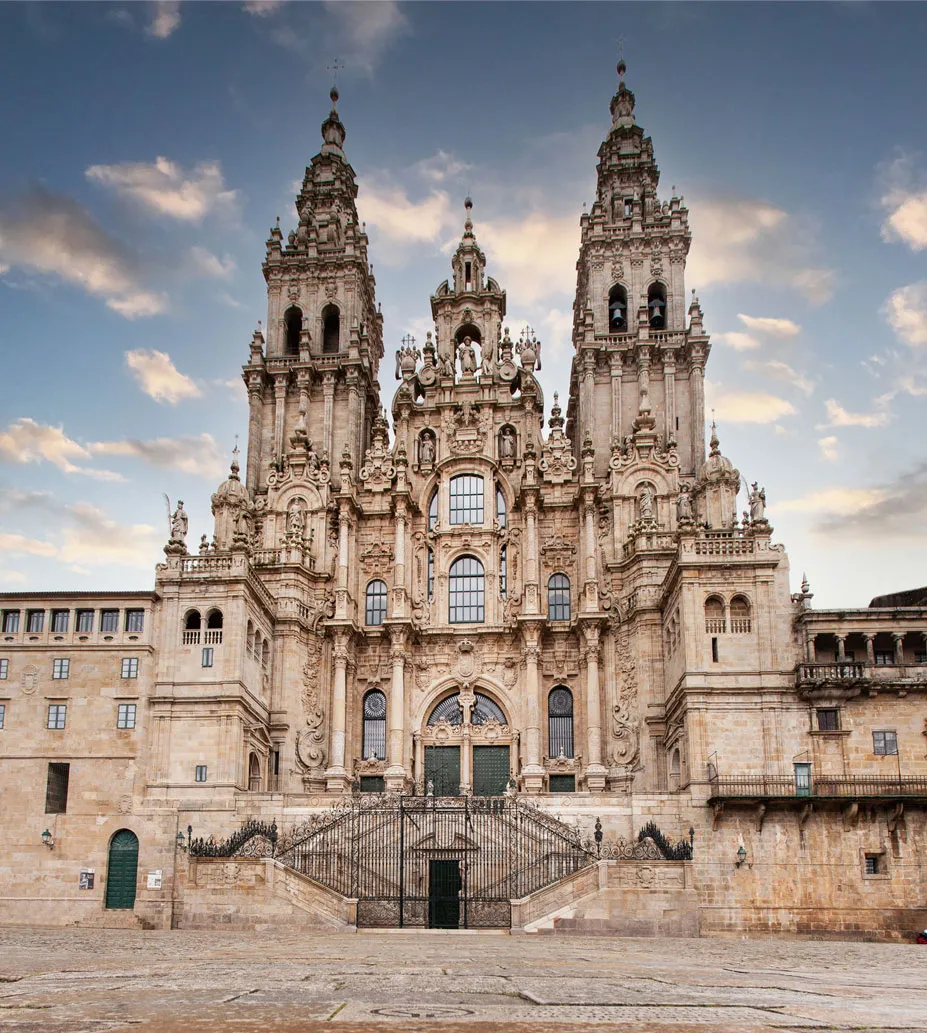
The Santiago de Compostela Arch cathedral Basilica (Spanish and Galician: Catedral Basílica de Santiago de Compostela) is part of the Metropolitan Archdiocese of Santiago de Compostela and is an integral component of the Santiago de Compostela World Heritage Site in Galicia, Spain. The cathedral is the reputed burial place of Saint James the Great, one of the apostles of Jesus Christ. It is also among the remaining churches in the world built over the tomb of an apostle, the other ones being St Peter’s Basilica in Vatican City, St Thomas Cathedral Basilica in Chennai, India and Basilica of St. John in Izmir, Turkey.
The archcathedral basilica has historically been a place of pilgrimage on the Way of St James since the Early Middle Ages and marks the traditional end of the pilgrimage route. The building is a Romanesque structure, with later Gothic and Baroque additions.
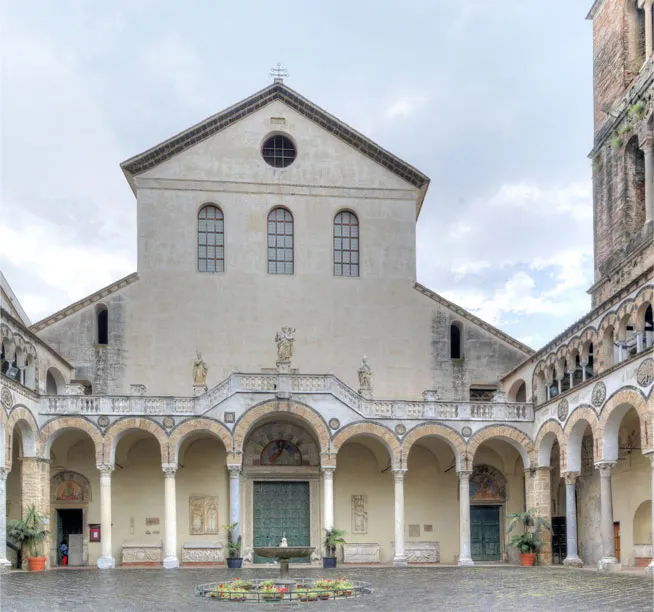
Salerno Cathedral (or duomo) is the main church in the city of Salerno in southern Italy and a major tourist attraction. It is dedicated to Saint Matthew, whose relics are inside the crypt. The Cathedral was built when the city was the capital of the Principality of Salerno.
The Metropolitan Primatial Cathedral of St. Mary of the Angels, St. Matthew and St. Gregory VII, more commonly known as the Cathedral of Salerno, is undoubtedly the most representative place of worship in the city of Campania, standing imposingly in the heart of its historical centre. Its current structure is the result of Romanesque, Arab-Norman, Byzantine and Baroque contaminations that make it decidedly interesting from an architectural as well as a religious point of view.
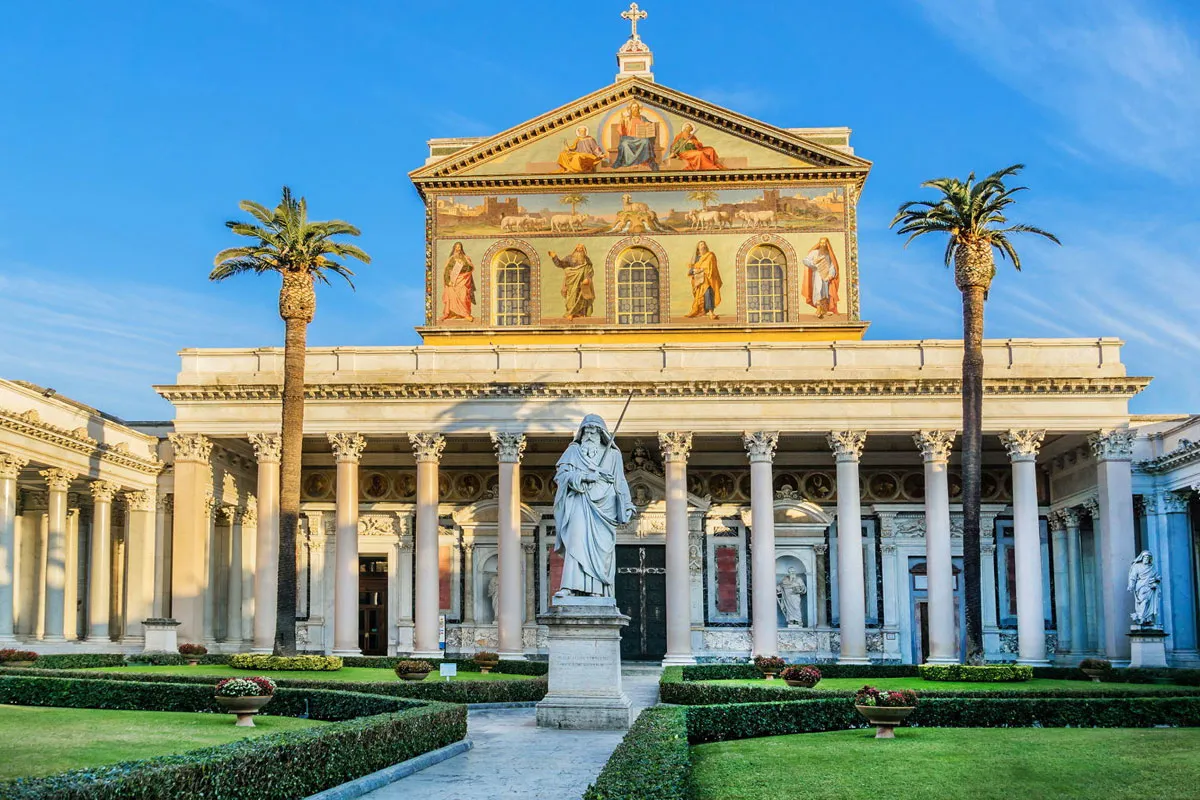
The Papal Basilica of Saint Paul Outside the Walls (Italian: Basilica Papal di San Paolo fuori le Mura) is one of Rome’s four major papal basilicas, along with the basilicas of Saint John in the Lateran, Saint Peter’s, and Saint Mary Major, as well as one of the Seven Pilgrim Churches of Rome. The Basilica is in Italy, but the Holy See (a type of government for the Vatican) owns it. Italy agrees that the Holy See really owns it and gives it special protection like what foreign embassies get under international law.
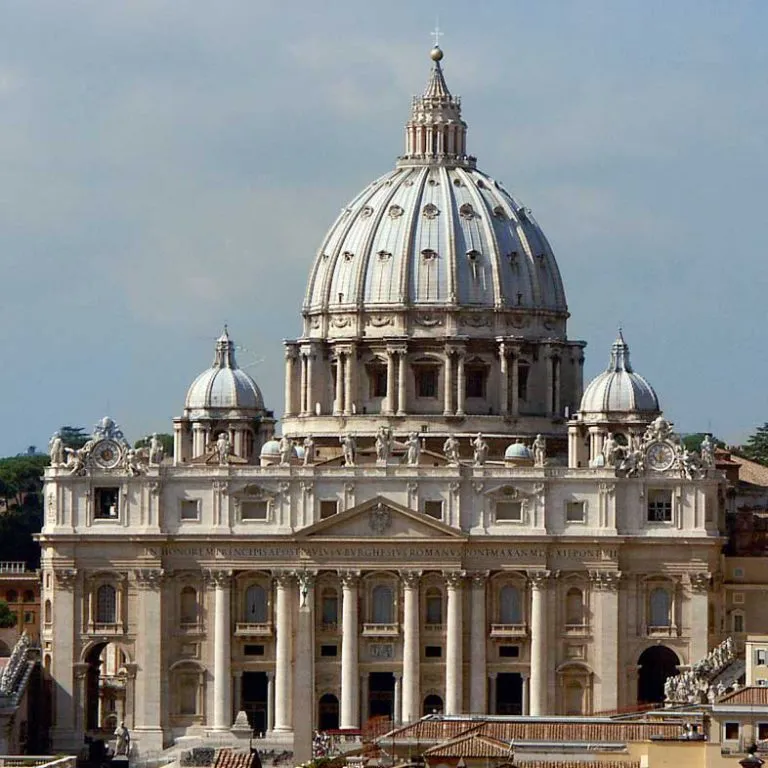
The Papal Basilica of Saint Peter in the Vatican (Italian: Basilica Papale di San Pietro in Vaticano), or simply Saint Peter’s Basilica (Latin: Basilica Sancti Petri), is a church built in the Renaissance style located in Vatican City, the papal enclave that is within the city of Rome, Italy. It was initially planned by Pope Nicholas V and then Pope Julius II to replace the aging Old St. Peter’s Basilica, which was built in the fourth century by Roman emperor Constantine the Great. Construction of the present basilica began on 18 April 1506 and was completed on 18 November 1626.
Designed principally by Donato Bramante, Michelangelo, Carlo Maderno and Gian Lorenzo Bernini, St. Peter’s is the most renowned work of Renaissance architecture and the largest church in the world by interior measure. While it is neither the mother church of the Catholic Church nor the cathedral of the Diocese of Rome (these equivalent titles being held by the Archbasilica of Saint John Lateran in Rome), St. Peter’s is regarded as one of the holiest Catholic shrines. It has been described as “holding a unique position in the Christian world”, and as “the greatest of all churches of Christendom.”
Catholic tradition holds that the basilica is the burial site of Saint Peter, chief among Jesus’s apostles and also the first Bishop of Rome (Pope). Saint Peter’s tomb is supposedly directly below the high altar of the basilica, also known as the Altar of the Confession. For this reason, many popes have been interred at St. Peter’s since the Early Christian period.
Saint Mark’s Basilica (Basilica di San Marco a Venezia) is a world famous Byzantine cathedral in Venice’s St. Mark’s Square, sometimes known as Chiesa d’Oro or “Church of gold”.
San Marco Basilica, Italian Basilica di San Marco, English Saint Mark’s Basilica, church in Venice that was begun in its original form in 829 (consecrated in 832) as an ecclesiastical structure to house and honour the remains of St. Mark that had been brought from Alexandria. St. Mark thereupon replaced St. Theodore as the patron saint of Venice, and his attribute of a winged lion later became the official symbol of the Venetian Republic. San Marco Basilica, built beside the Palazzo Ducale, or Doges’ Palace, also served as the doge’s chapel. It did not become the cathedral church of Venice until 1807.
The first basilica was burned in 976 during a popular revolt against the doge Pietro Candiano IV but was restored under his successor, Doge Domenico Contarini (died about 1070); the present basilica was completed in 1071. The plan is a Greek cross, and the building is surmounted by five domes. The design is distinctly Byzantine, and it is likely that both Byzantine and Italian architects and craftsmen were employed in the construction and decoration. Over the centuries, additions of sculpture, mosaics, and ceremonial objects have increased the church’s richness.
Santhome Church in Chennai also known as Santhome Cathedral Basilica and International Shrine of Saint Thomas Cathedral Basilica, sits on the tomb built over the mortal remains of one of the twelve Apostles of Jesus Christ. Saint Thomas had come to India in A.D.52, was martyred in A.D.72 and buried in this very site then known as Mylapore. “San Thome” assumes its name from Saint Thomas.
There are only two other Basilicas in the world other than Santhome Cathedral that have been built over the tomb of an apostle. One of them being “St.Peters Basilica”, in Rome and the other being “church of St.James the great”, in Santiago de Compostela, Spain.
Travel diaries of Marco Polo the great Venetian traveller who has visited the tomb in 1292 have recorded thus about the miraculous healing power of the saint:
“The Christians who go thither in pilgrimage take of the earth from the place where the saint was killed (or buried), and give a portion thereof to anyone who is sick of a quartan or a tertian fever; and by the power of God and of St. Thomas the sick man is incontinently cured.”–Travels of Marco Polo Vol.II by Yule Edited by Cordier.

